Reading Lists
10 Great Books about Going Home
A Reading List by Derek Palacio, author The Mortifications

Going home is a strange process, especially if you’ve never been there before. My father was born in Cuba in 1950, but left the island with his family in 1956. Except for a brief visit in 1960, he hasn’t been back since. Cuba, then, is his home, or was his home, but not mine. I am, however, making my first trip to the island in just a few weeks’ time, and in some ways it feels like a long-awaited return, as though I am going back for my father. The island and its history occupy a mythic space in my mind, a potent blend of my father’s memories and my research, which means the trip will be more than just a revelation. It will also be, in many ways, a reckoning of sorts, the moment when my ideas about the island come face to face with its current realities. I both welcome and want desperately for this, but, having spent my early career writing about the island from a geographical and cultural distance, I am also nervous about the trip.
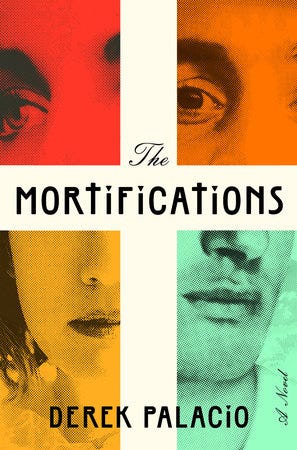
When I think of going home, then, I think not only of seeing familiar faces or recognizing a terrain that shaped you, but also bridging the gap between your idea of that place and what it means to you, especially if you return as a different person. Or especially if you’ve inherited those ideas, if those fragments are all you have of that place. What follows are ten books that I think grapple in beautiful ways with the complex phenomenon of going home.
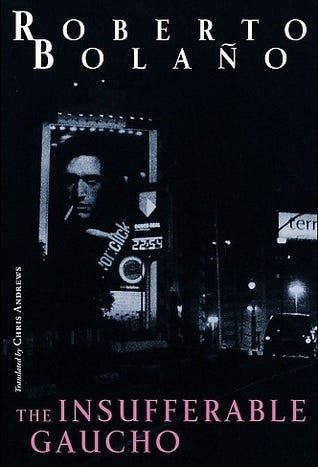
1. The Insufferable Gaucho by Roberto Bolaño
This darkly comic novella by Bolaño is one of my all-time favorites. Following the collapse of Argentina’s economy, esteemed lawyer Héctor Pereda decides to retire to a forgotten family ranch on the Pampas. Throughout his surreal homecoming, Pereda struggles to live a gaucho life after so many years in the city, and his pains are sometimes hilarious and sometimes tragic. Pereda attempts to resurrect an old way of life while also trying to discover a new self, and Bolaño’s hallucinatory plot suggests an insurmountable gap between the places we come from and the people we become.
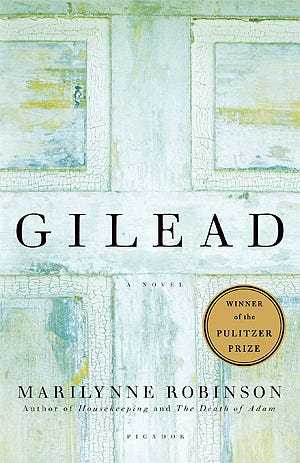
2. Gilead by Marilynne Robinson
I love this book for many reasons, including its sincere and weighty discussion of faith, which is where I see the theme of “going home” present itself (there are also other more literal instances of coming home, too). John Ames is both protagonist and narrator, aging and, in his mind, close to death. He records his story to pass on to his very young son who he thinks will not remember him otherwise. For me, Ames’ project is really to find a home within his faith, which is complicated by the history of his abolitionist grandfather and Ames’ contentious relationship with the ne’er-do-well son of a close friend. Throughout the book Ames pursues a sense of clarity regarding his life, and the tension of the story comes from his struggle to be at home in a world that so regularly challenges the tenets and durability of his faith.
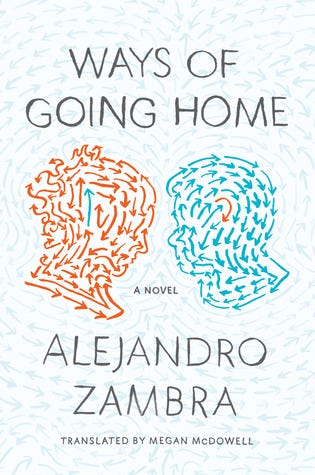
3. Ways of Going Home Alejandro Zambra
A lovely postmodern novella, this book uses the story-within-a-story structure to place a double lens over a nameless boy’s childhood during Chile’s Pinochet era. That lens magnifies the shadows of that boy’s history, providing an opportunity to re-experience some of that past and see the things that the young child, at the time, missed or did not understand. The effect is chilling, because the story cleanly and efficiently pulls back the veil of innocence typical of childhood memories. Going home becomes a dark revelation, showing how the minor memories of childhood are sometimes rife with the seeds of pain we only come to understand later in life.
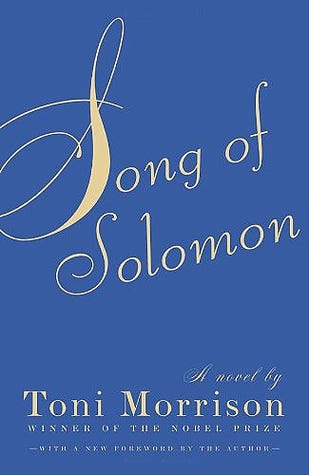
4. Song of Solomon by Toni Morrison
Mythic and of the body, Morrison’s classic taught me the undeniable and inescapable influence of family and history on the development of one’s identity. The life of the novel’s protagonist, Macon “Milkman” Dead III, depicts masterfully the tension between our familial bonds and self-realization. Milkman must constantly decide who of his clan he trusts and aligns with, and even his journey to a lost family farm in Pennsylvania proves perilous, suggesting that both redemption and damnation are consequences of going home.
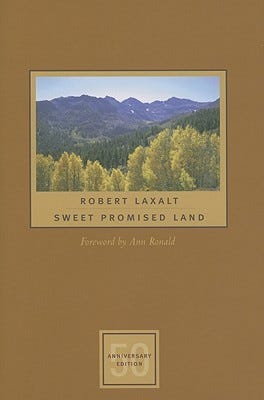
5. Sweet Promised Land by Robert Laxalt
This book is a really lovely and understated work of art. Dominique Laxalt is a Basque sheepherder who has not returned to his homeland in the French Pyrenees for nearly fifty years. His family eventually convinces him to make a trip back to France, and the journey, told affectionately and with great care, illustrates all that one must sometimes sacrifice when leaving home.

6. Ciao, Suerte by Annie McGreevy
McGreevy’s debut novella is a marvelous and beautiful reversal of the “going home” narrative. In this case, the “home” attempts to find a lost relation, not the other way around. Beatriz’s son and pregnant daughter-in-law were killed during Argentina’s dirty war, but now it’s 1990, and Beatriz has a new lead on the location and identity of her lost grandson, Miguel. The novella follows Beatriz as she attempts to reclaim her lost family, her lost “home,” and what follows is an immersive exploration of how difficult it is to reconstruct the bonds (of a family, of a culture, of a nation) that have been cut.

7. The Mambo Kings Play Songs of Love by Oscar Hijuelos
Oscar Hijuelos won the Pulitzer Prize in 1990 for this lush and imaginative novel. This book explores with great sympathy the life of Cesar Castillo, a Cuban musician who moves to New York in the 1950s. Castillo briefly flirts with fame when he and his brother appear on the I Love Lucy show, but that joyous moment — as is most of the novel — is told in retrospect, meaning Castillo “goes home” in memory only. The looking-back structure of the novel articulates well the fantasies we have for the past, and how our personal histories are subject to the sometimes golden lens of nostalgia.
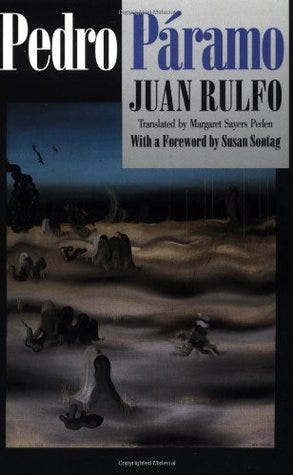
8. Pedro Páramo by Juan Rulfo
Surreal and structurally challenging, Rulfo’s novel tells the story of Páramo’s return to his hometown of Comala following the death of his mother. What he encounters is not a living village filled with familiar faces, but instead a literal ghost town. The narrative employs contrasting elements — spirits and the living, the past and the present — to articulate how life in Comala is a balance of hope and despair. Beautifully written, Rulfo’s atmospheric work would eventually influence Gabriel García Márquez, who claimed the novel helped inspire his own masterpiece, One Hundred Years of Solitude.
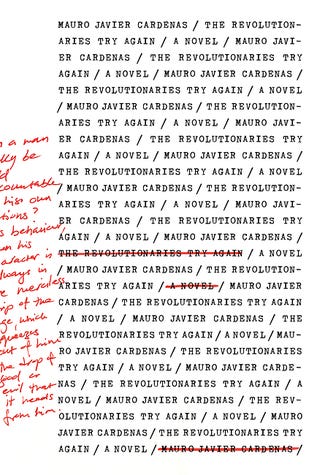
9. The Revolutionaries Try Again by Mauro Javier Cardenas
This is an amazing new novel where “coming home” means returning with ambition. Cardenas’ characters — former classmates at a prestigious school in Guayaquil, Ecuador — reunite in their home country in an effort to change the course of history. Encapsulating many voices and perspectives, the novel takes head on the intricate and complex history of Ecuador, and Cardenas’ style, which relies upon long, expressive sentences, captures incredibly that multifaceted perspective. An amazing book rife with intelligence and love for the potential of one’s homeland.
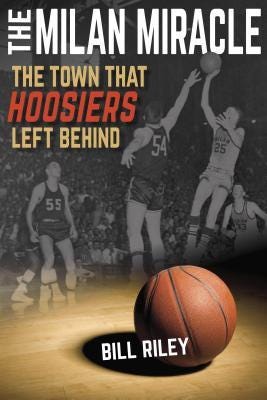
10. The Milan Miracle: The Town that Hoosiers Left Behind by Bill Riley
This recent nonfiction work follows the modern day Milan Indians (the team the movie Hoosiers was based on) and asks how true or lasting are the legends of our hometowns. Riley is a native of Indiana who grew up hearing and subscribing to “Hoosier hysteria,” and his book is an exploration of how and why that ideal — the success of the small town, the potential of every American dream — may or may not be possible anymore. To do this, Riley returns to his home state and follows the 2011 Milan Indian high school basketball team for a season, depicting with empathy and insight how that dream has become both a myth and a burden.
About the Author
Derek Palacio is the author of the new novel, The Mortifications (Tim Duggan, 2016). He received his MFA in Creative Writing from The Ohio State University. His short story “Sugarcane” appeared in The O. Henry Prize Stories 2013, and his novella, How to Shake the Other Man, was published by Nouvella Books in the same year. He is the codirector, with Claire Vaye Watkins, of the Mojave School, a free creative writing workshop for teenagers in rural Nevada. He lives and teaches in Ann Arbor, Michigan, and is a faculty member of the Institute of American Indian Arts MFA program.









